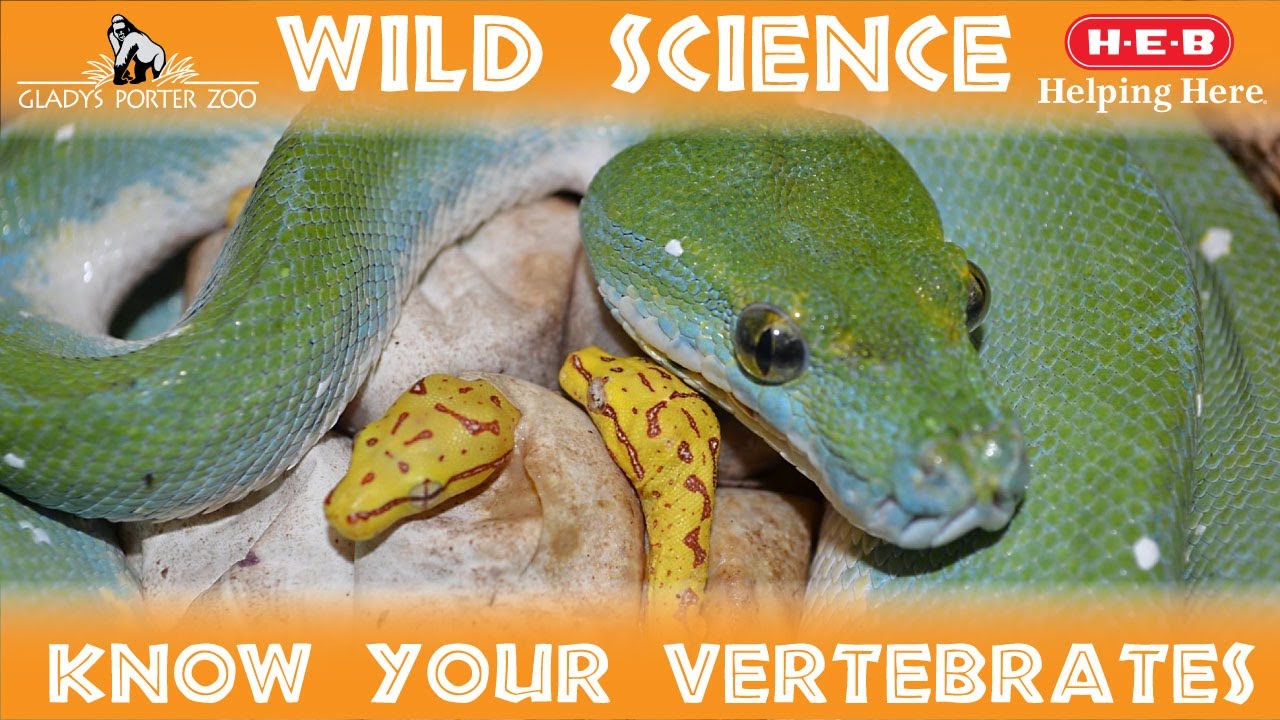- Understanding the core characteristics and classifications of vertebrates, including the five major groups: mammals, birds, reptiles, amphibians, and fish.
- The significance of vertebrate classification in wildlife conservation and management, particularly for endangered species.
- How modern scientific techniques, including genetics and molecular biology, contribute to the evolution of vertebrate classification systems.
- The role of zoos and wildlife sanctuaries in educating the public about vertebrate diversity and conservation.
- Strategies to ensure vertebrate sustainability and biodiversity through habitat protection, legal frameworks, and public awareness.
Vertebrates are a cornerstone of biological diversity on Earth, defined by a spinal cord encased in bone or cartilage. This distinguished group is divided into five main classes: mammals, birds, reptiles, amphibians, and fish—a classification pivotal for understanding their evolution and ecological roles. From the tiniest hummingbird to the largest whale, vertebrates exhibit unparalleled forms and functions that are crucial to ecosystems worldwide.
Mammals, distinguished by their mammary glands and body hair, occupy varied habitats. They are endothermic, maintaining a stable internal temperature, an adaptation that allows them to inhabit diverse environments. Mammals also demonstrate complex behaviors and social structures. For instance, primate societies are characterized by intricate social interactions and communication methods that provide insights into human evolution.
Birds, the only vertebrates with feathers, are renowned for their avian flight capabilities, although some species, like ostriches and penguins, do not fly. Birds play essential roles in ecosystems, from pollination to seed dispersal. Their migration patterns are also vital ecological phenomena, with species like the Arctic tern traveling incredible distances annually. Conservation of birds often highlights habitat preservation, as many are threatened by deforestation and climate change.
Reptiles, including snakes, lizards, turtles, and crocodiles, display diverse adaptations to their environments. They are primarily ectothermic, relying on external heat sources to regulate their body temperature, which influences their behavior and habitat selection. Reptiles have unique reproductive strategies, including temperature-dependent sex determination in some turtle species, affecting their populations as global temperatures rise.
Amphibians, characterized by their dual life stages in water and on land, are vital indicators of environmental health due to their sensitive skin permeable to pollutants. They are undergoing global declines, often termed an "amphibian crisis," largely due to habitat destruction, pollution, and disease. Conservationists emphasize the importance of maintaining clean water bodies and controlling pathogens like the chytrid fungus to support amphibian survival.
Fish, the most diverse vertebrate group, inhabit freshwater and marine ecosystems. They have adapted to a wide range of niches, with innovations like specialized gills for breathing underwater and swim bladders for buoyancy. With over 32,000 species, ichthyology, the study of fish, offers insights into aquatic food webs and resource management. Overfishing and habitat loss threaten many fish species, emphasizing the need for sustainable practices and marine conservation efforts.
Vertebrate classification extends beyond academic interest; it is crucial for wildlife conservation, particularly for endangered species. By understanding vertebrate taxonomy, conservationists can prioritize efforts and tailor strategies to protect critical habitats and ensure the survival of vulnerable species. Legal frameworks, international treaties, and conservation organizations leverage this classification to formulate action plans and policies addressing biodiversity loss.
Advances in genetic and molecular biology have revolutionized vertebrate classification, allowing scientists to refine taxonomies by analyzing DNA sequences. This approach offers a deeper understanding of evolutionary relationships and can lead to discoveries of new species or reclassification of known ones. The ability to compare genetic material provides insights into species divergence, adaptation, and resilience in changing ecosystems.
Zoos and wildlife sanctuaries play pivotal roles in vertebrate conservation education by fostering public awareness and appreciation of biodiversity. These facilities offer unique opportunities for individuals to learn about vertebrate species, conservation challenges, and scientific research firsthand. They serve as hubs for breeding programs of endangered species, aiding in the preservation of genetic diversity and reintroduction of species into their natural habitats.
Conservation strategies for vertebrates emphasize habitat protection, legal frameworks, and public awareness. Protecting ecosystems is fundamental, as habitat loss is a leading cause of species decline. Legal protections, such as the Endangered Species Act in the United States, are instrumental in safeguarding species and their habitats. Public education campaigns are crucial for building community support for conservation initiatives, encouraging sustainable practices, and combating environmental threats.
In summary, the study of vertebrates is not only a scientific pursuit but an essential aspect of wildlife conservation and management. Understanding vertebrate diversity and classification enhances our ability to protect and sustain the natural world. Through a combination of traditional and modern scientific methods, including genetics, and efforts from zoos, wildlife reserves, and educational programs, the ongoing work in vertebrate conservation offers hope for preserving the planet’s biodiversity. With concerted efforts, the rich tapestry of vertebrate life can thrive for future generations to observe and appreciate.
*****
Source Description
Get the know the 5 classes of vertebrates, all of which can be found at Gladys Porter Zoo!

